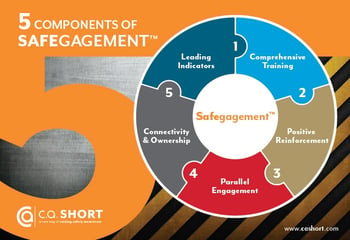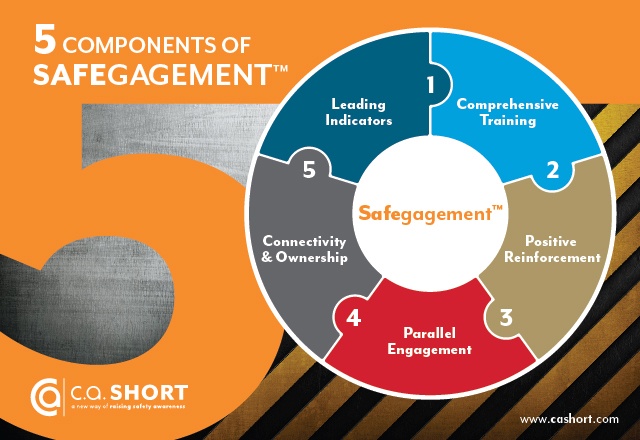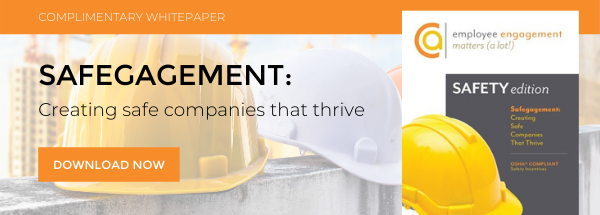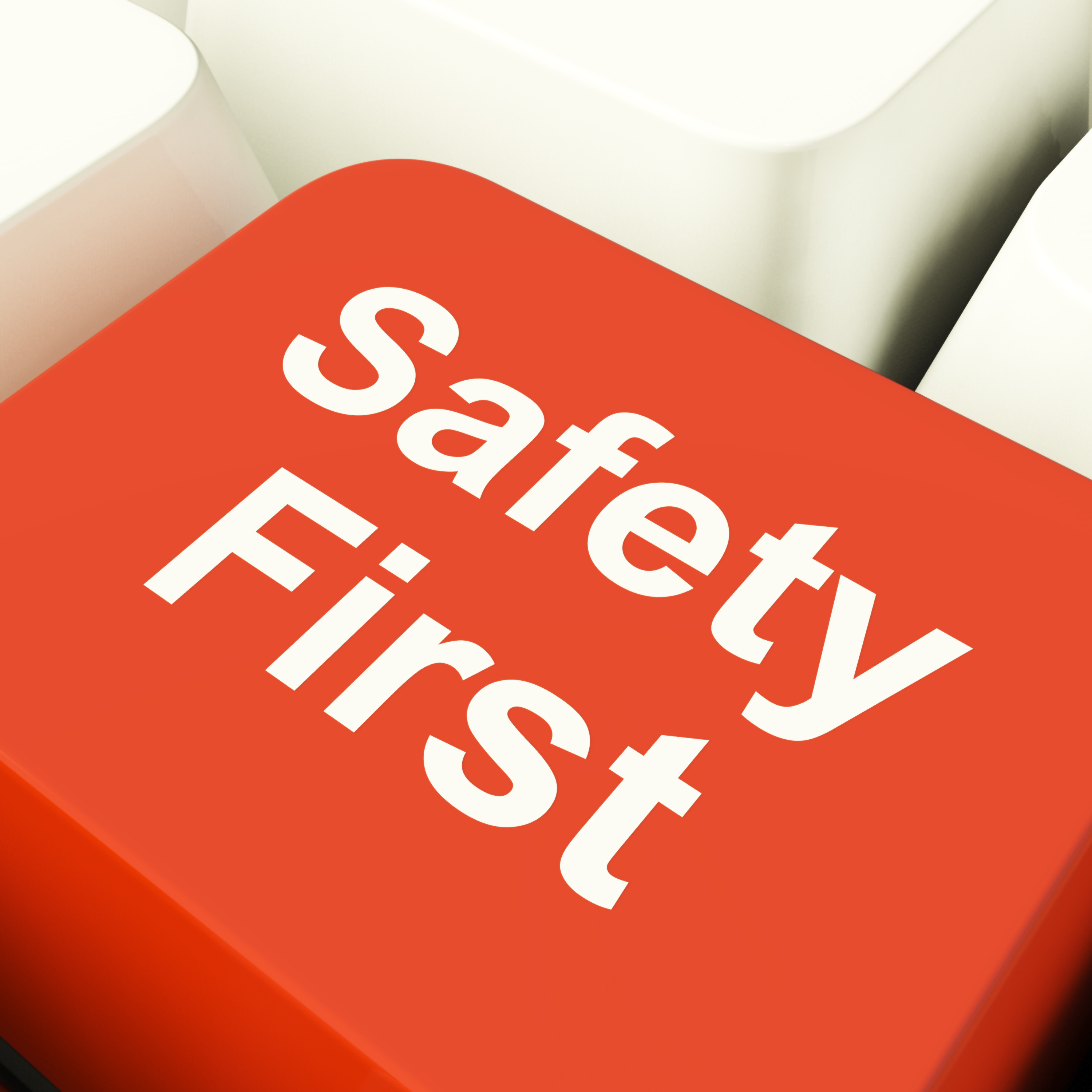What is Safegagement™ and Why Does It Matter?
Safety + Engagement = Safegagement™
As every business owner knows, safety is a pivotal element to any successful workplace environment. At C.A. Short Company, we have been assisting companies with their safety and incentive programs for decades. We help facilitate and execute ongoing initiatives that help employees and managers better mitigate risk while on the job.
By looking back on all the safety incentive programs we've helped with over the years, we've been able to pinpoint strategies of companies that truly thrive with such programs; generally speaking, it is those who go one step further and engage their employees on every level.
Decades of research have shown us that companies that fully engage with their employees experience 48% LESS safety incidents … and that’s not all. According to a Gallup study, those same companies also experience 41% higher quality levels, 22% higher profitability and 21% higher productivity.
We’ve spent years researching these differences and have developed a powerful concept aimed at helping every brand build upon the successes of these companies. We refer to it simply as “SafegagementTM.”
Safegagement isn’t just about safety -- it’s about your company’s bottom line.
The Five Components of Safegagement™:
 Now that you understand the importance of Safegagement and what it can do for your company, let’s take a look at how you go about creating a meaningful Safegagement strategy. To do this, you will need to focus on the Five Components of Safegagement.
Now that you understand the importance of Safegagement and what it can do for your company, let’s take a look at how you go about creating a meaningful Safegagement strategy. To do this, you will need to focus on the Five Components of Safegagement.
Component 1: Leading Indicators
Lead, don’t lag.
The National Safety Council defines leading indicators as, “proactive, preventive, and predictive measures that monitor and provide current information about the effective performance, activities and processes of an EHS management system that drive the identification and elimination or control of risks in the workplace that can lead to incidents and injuries.”
Historically, companies have focused on lagging indicators -- metrics that measure failure. On the other hand, leading indicators measure performance. These proactive measurements allow you to build a robust defense against what might happen, instead of waiting around for something bad to occur.
When you combine these leading indicators with constructive problem solving, you begin to drive Safegagement through participation. Employees aren’t just empowered in their present roles, they’re also given a voice into the changes that occur around them.
Component 2: Comprehensive Training
Simply put, pamphlets are no longer enough.
Traditional safety training materials will not cut it in today’s diversified work environment. Instead, one must focus on delivering on-the-job, area-specific training that is built on a team’s ability to work together.
You’ll need to give your employees the confidence they need to take ownership of their workplace. This type of training lays the groundwork for a workforce that is actively looking out for their own safety, as well as the safety of others.
Keep in mind, this is not a onetime training session. This is a comprehensive and ongoing process.
Component 3: Positive Reinforcement
“People are everything” isn’t just our tagline.
In order for Safegagement to work, you must incorporate positive reinforcement. The goal here isn’t to have employees act to receive rewards, but to have employees act because they are invested in their actions.
VPPPA Executive Director R. Davis Layne has stated, “Good incentive programs feature positive reinforcement for demonstrating safe work practices and taking active measures in hazard recognition, analysis and prevention."
While having reinforced safety guidelines is a must, it’s just as important to reward those who go out of their way to ensure a safe environment.
Component 4: Parallel Engagement
Consistency is critical.
Safegagement cannot occur with varying degrees of commitment. You can’t expect employees to follow guidelines that managers and executives are exempt from. Managers must be held accountable for not only their level of engagement, but for that of their teams as well.
Further, you should allow all team members to openly see and participate in high levels of commitment, empathy and appreciation. When engagement is achieved across all levels, you give employees a reason to believe in what they do.
Component 5: Connectivity & Ownership
It’s not enough to create a Safegagement strategy – you have to OWN it.
Connectivity and ownership are essential to the Safegagement process. Perhaps the Harvard Business Review put it best when they wrote, “The responsibility is [that of the employee’s], and it starts with developing a belief or habit of mind that you, as an individual, are accountable for the quality and timeliness of an outcome, even when you’re working with others.”
Once you take personal ownership, it’s critical that you connect with your employees and create an environment where they also want to take ownership. This can be accomplished in a number of ways, like:
- Active listening
- Weekly meetings
- Public displays of appreciation
- Seeking employees advice on matters that affect them






.jpg)
.png)


SHARE